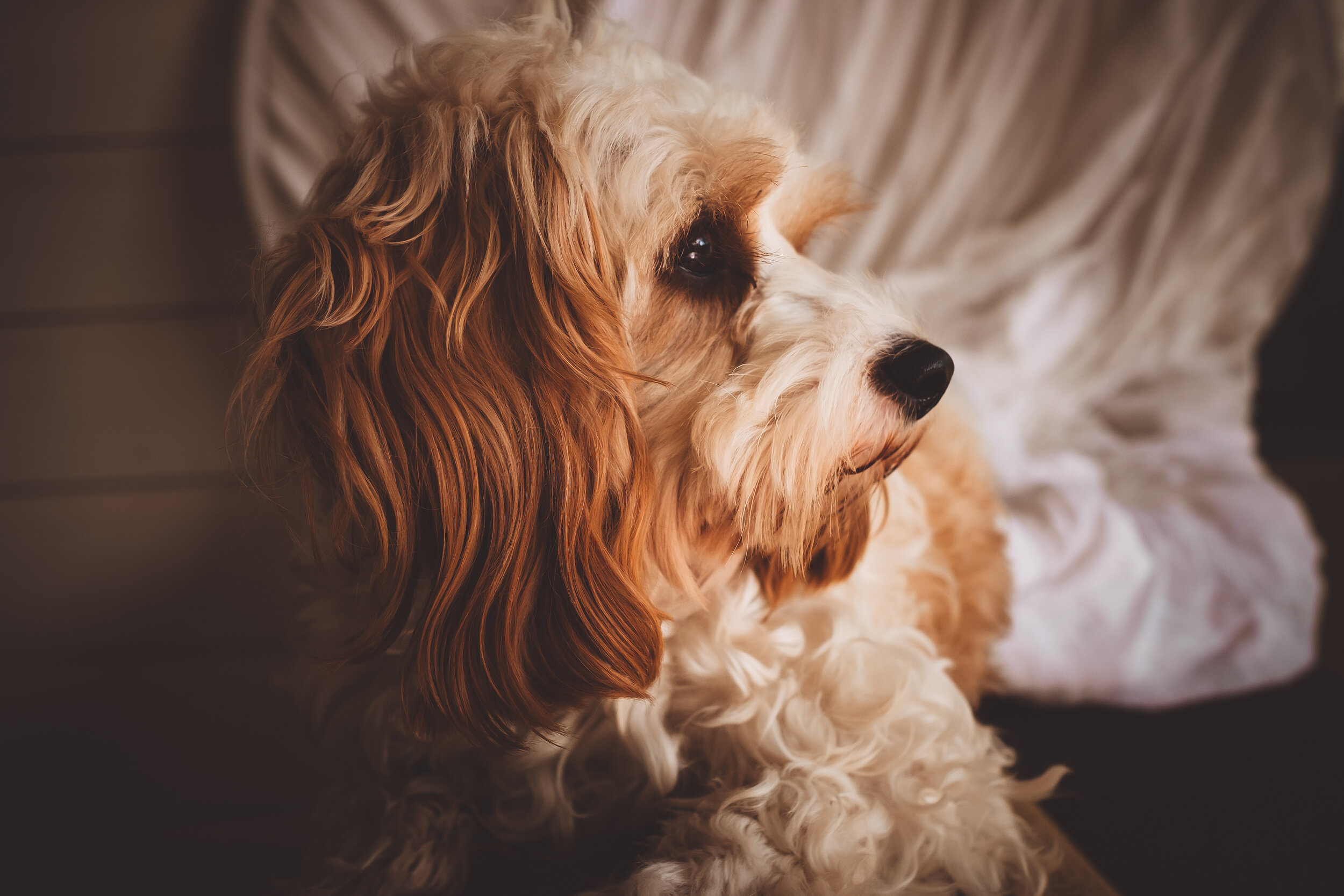Whilst lumps and bumps are more common in older pets, younger pets can get them too. Although most lumps are benign (not harmful), some are more serious (malignant). In such cases early removal and accurate diagnosis are important to maximise the chances of a good outcome.
It’s important to check your pet regularly for lumps and bumps. If you find a lump or bump on your pet, please make an appointment with one of our vets to have it checked out.
How to check for lumps and bumps
Regular examination of your pet skin is a great way to take charge of their health. Establishing a weekly routine will allow you to identify any lumps and bumps early on and take immediate action, maximising the chance of a good outcome. A great time to check for lumps and bumps is during your regular grooming routine.
To check your pet for lumps and bumps:
Remove any collars so you can compete a full search
Use your fingertips to feel through your pets coat down to their skin. Gently massage your fingers over their entire coat from the tip of their nose to the end of their tail.
Check for hidden areas such as skin folds, lips, ears, under armpits, inside mouth and between and under toes.
What to do if you find a lump or bump on your pet
If you find a lump on your pet, record where the lump is and its size. If possible, take a picture with your phone. Lumps can change quickly over time so keeping a record of their location and size can be helpful to your vet.
Call your vet to make an appointment. Never ignore lumps on your pet. Whilst they are common, they are not normal. Although some lumps many not cause a concern, some can be very dangerous if left untreated.
How can I tell if a lump on my pet is cancer?
You cannot tell if a lump on your pet is cancerous by looking at it. Your vet will need to examine the lump and take some tests to make an accurately diagnosis. They can also examine your pet to check their health and determine if there are any other lumps or bumps present.
Tests generally include taking a biopsy by using a small needle to collect cells from the affected area or by taking a sample while your pet is under anaesthetic. Once diagnosed, your vet will recommend the best treatment plan.
Common types of lumps and bumps
Lumps and bumps can be classified into two main areas; benign (not harmful) and malignant (cancerous).
Benign (not harmful) lumps and bumps:
Benign lumps are non-cancerous growths. They can grow in size, but usually don’t spread to other parts of the body. Some growths can cause issues for your pet depending on where they are located. If they cause discomfort, restrict movement or effect your pet’s daily activities they will need to be removed.
Lipomas (fatty lumps) – these are very common and are considered a natural part of ageing as they are often found on middle age or older pets. They consist of soft, smooth clumps of fat cells that can grow quite large. They are commonly found around the chest, abdomen and front legs. Any breed can have them, but larger and overweight pets are more prone to them.
Warts – are commonly found on older animals around the head and face and look like small skin tags or several small lumps. They will generally go away by themselves, however, may require removal if they are causing irritation.
Sebaceous cysts – are caused by a blocked skin gland and look like hard swellings with a creamy matter inside them. They are often seen in older pets around the middle of the back. Sometimes they can look quite red, but generally don’t cause any problems so are usually left alone unless they are infected or irritate your pet.
Abscesses – are swollen lumps that contain a collection of puss caused by an infection. They will generally need to be drained and flushed under sedation. In some cases, your vet will prescribe antibiotics if necessary.
Histiocytoma – are a red button like bump usually found in younger pets on their legs, head or ear flaps. They can often disappear without treatment. However, it is highly recommended to have any lump checked by your vet.
Malignant (cancerous) lumps and bumps:
Malignant lumps are more aggressive and can grow and spread throughout the body and affect vital organs. Malignant lumps must be removed before they spread to other parts of the body.
Mast cell tumours – are tumours of the immune system blood cells. They are most common in senior pets and can look like any other tumour so it is vital to have them correctly diagnosed by a vet. When diagnosed, your vet will check if the tumour has spread to other organ systems.
Mammary tumours (breast cancer) – are cancerous growths of the mammary gland. Lumps in the mammary gland can be benign, however mammary tumours in male pets are commonly malignant. In most cases, it is recommended to get mammary lumps removed and chemotherapy can be an option after removal.
Treatment options
Treatment generally involves surgical removal. However, if the lump is malignant your vet will need to make sure it hasn’t spread to other parts of the body. Therefore, radiographs (x-rays), ultrasounds and other diagnostic procedures may be required.
If you notice any changes to your pets overall health, including the appearance of lumps and bumps, call us to make an appointment on 03 8784 4444. Early diagnosis and treatment provides the best possible outcome for your pet.








